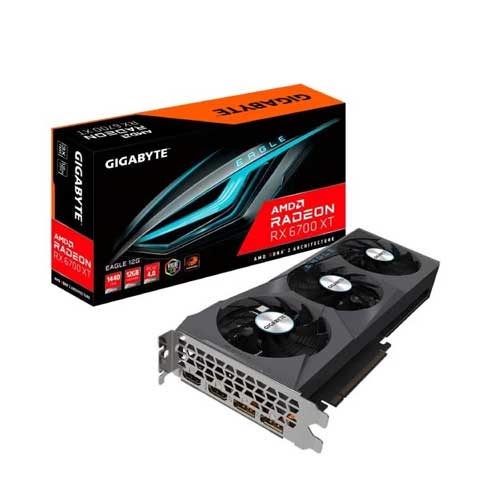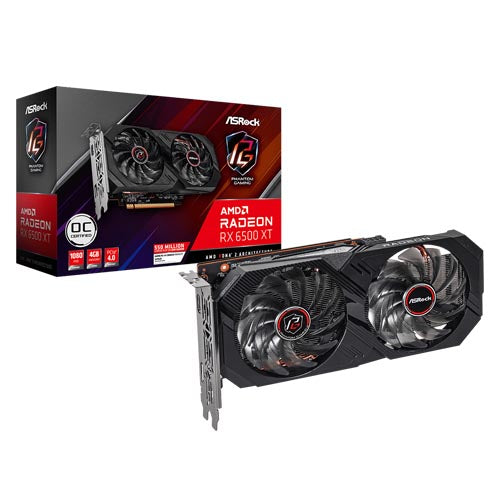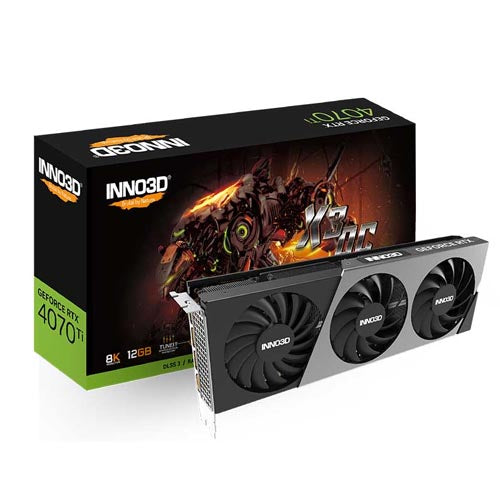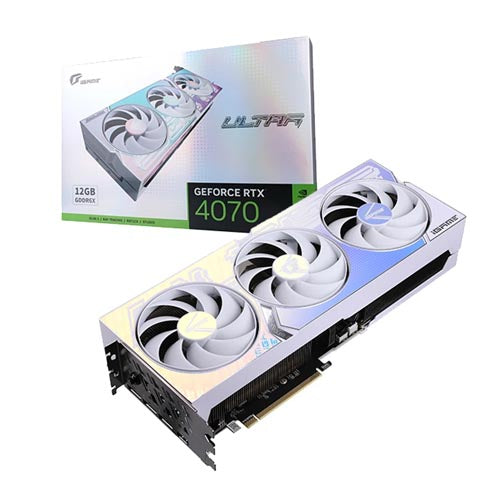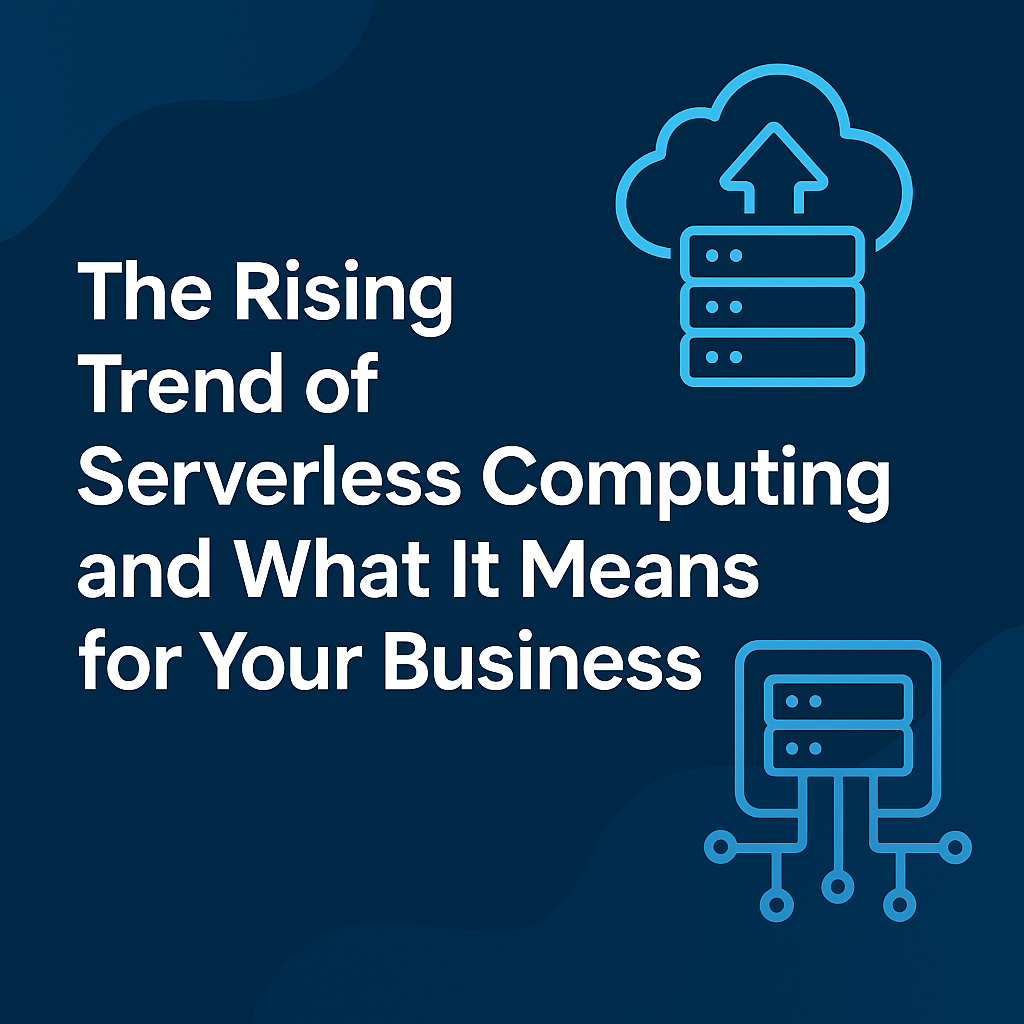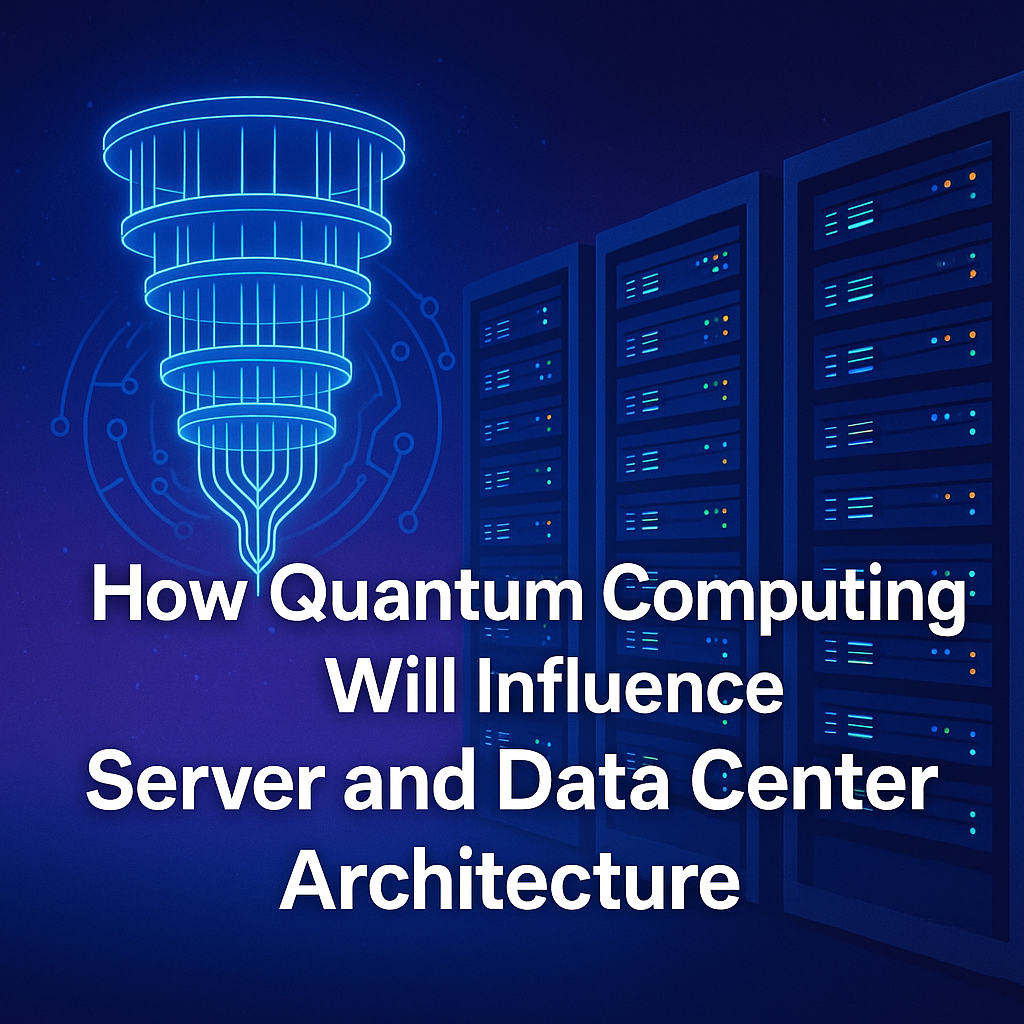
The Growing Computational Demands of AI and ML
AI and ML technologies, particularly in deep learning and natural language processing (NLP), require an immense amount of computational power. Traditional server infrastructures, often designed for general-purpose tasks, struggle to meet the complex demands of these AI workloads.
The key computational demands of AI and ML workloads include:
-
Processing Power: AI and ML models, especially deep learning models, involve complex matrix operations that require high processing power. GPUs (Graphics Processing Units) and TPUs (Tensor Processing Units) are now the preferred hardware accelerators to handle these tasks.
-
Memory Requirements: AI models, especially large ones, require substantial memory to hold model parameters and intermediate results during training. The need for high-bandwidth memory (HBM) and large storage capacity is growing.
-
Storage: As AI models require massive datasets to train, server infrastructures need fast and scalable storage solutions.
The Shift Toward Specialized Hardware
The shift toward specialized hardware is one of the biggest changes in server infrastructure decisions driven by AI and ML needs. Traditional CPUs are not sufficient for handling the immense workloads of AI models, which has led to the rise of GPUs and TPUs.

These specialized processors allow businesses to accelerate their AI and ML models, reducing the time and resources required for training, and improving performance at scale.
Cloud vs. On-Premise Infrastructure
As AI and ML workloads grow, many businesses are turning to cloud infrastructure due to its scalability, flexibility, and cost-effectiveness. Cloud providers like AWS, Google Cloud, and Azure offer powerful GPU and TPU instances on-demand, allowing companies to scale their infrastructure according to the workload requirements.
In contrast, on-premise solutions may provide better control over data, security, and long-term costs, but they require significant upfront investment and more complex management.

Cloud platforms provide elasticity, allowing companies to scale their AI workloads without the hassle of over-provisioning or under-provisioning. However, on-premise infrastructure might still be preferred for certain workloads that require data sovereignty or customized configurations.
Intelligent Resource Management and Automation
AI and ML workloads are often unpredictable, and traditional resource management methods are not sufficient to meet the dynamic demands of these workloads. As a result, server infrastructures need to be able to handle automated scaling, resource allocation, and self-healing systems.
a) Dynamic Resource Allocation
One of the key trends influenced by AI is dynamic scaling and resource allocation. With AI models consuming varying amounts of resources at different times (e.g., training versus inference), server infrastructures need to scale efficiently.
For example:
-
Auto-scaling in cloud environments automatically adds or removes resources based on the load. This ensures that AI applications receive the resources they need without excessive over-provisioning.
-
Edge computing: For real-time applications, such as autonomous vehicles or IoT devices, computational tasks need to be processed at the edge, close to where the data is generated. This reduces latency and offloads data from centralized servers.
b) AI for Infrastructure Management
AI is increasingly being used to manage infrastructure itself. For example, AI-powered orchestration tools can automatically allocate and manage server resources, predict failures, and optimize workloads. This leads to increased efficiency, reduced downtime, and better utilization of resources.

Security and Compliance Considerations
The use of AI and ML introduces new security challenges that server infrastructures must address. Since AI models handle vast amounts of sensitive data, including personal information, there is a pressing need for strong data security and privacy measures.
Security Considerations for AI Infrastructure:
-
Encryption: All data, especially sensitive data, must be encrypted both in transit and at rest. AI models often work with private user information, so ensuring data is secured is paramount.
-
Access Control: Ensuring only authorized users and systems can access sensitive data is critical. Role-based access control (RBAC) and multi-factor authentication (MFA) are often implemented.
-
Regulatory Compliance: AI systems need to comply with privacy regulations such as GDPR in Europe or CCPA in California, ensuring that personal data is handled properly.
The Future of AI and Server Infrastructure
As AI continues to advance, the server infrastructure required to support these workloads will evolve. Some key trends to look out for in the future include:
-
Quantum Computing: Quantum computing has the potential to revolutionize AI processing by performing calculations exponentially faster than classical computers. This will significantly alter the architecture of AI-focused server infrastructures.
-
5G and Edge AI: The roll-out of 5G networks will enable faster, low-latency data processing, particularly for AI applications at the edge. With edge computing becoming more prevalent, AI models will increasingly operate on decentralized hardware close to the data source.
-
AI-Driven Automation in Data Centers: As AI models become more complex, data centers will become more autonomous, with AI systems managing and optimizing server loads, cooling systems, and resource allocation.

Conclusion
AI and ML are dramatically shaping server infrastructure decisions across industries. From requiring specialized hardware such as GPUs and TPUs to pushing the demand for smarter resource management, AI is influencing how businesses design and deploy their computing environments.
The key to optimizing server infrastructure for AI and ML lies in understanding the computational needs of these workloads and adapting server architecture accordingly. Whether you choose on-premise servers or cloud-based solutions, the right infrastructure will provide the flexibility, scalability, and performance required to meet the growing demands of AI-driven applications.
As these technologies continue to evolve, staying ahead of the curve and implementing cutting-edge infrastructure solutions will ensure your business is well-equipped to leverage AI's full potential.



